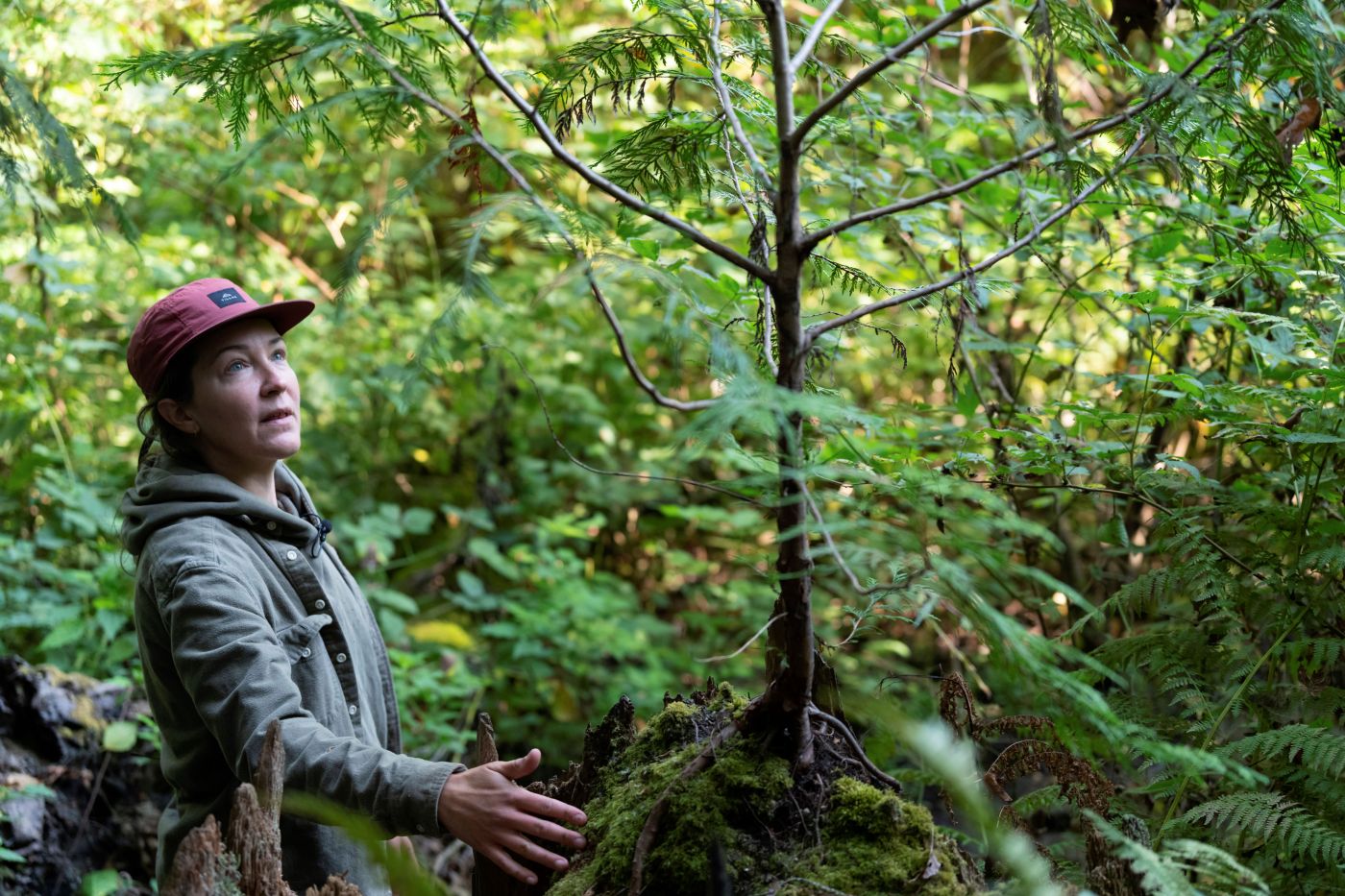
Akiba: Big budgets alone won’t solve environmental woes
Governor Maura Healey’s commitment to environmental justice through large-scale funding is a critical step forward, but history shows that big budgets alone won’t solve deep-rooted issues. Without careful management and equitable distribution, money can easily bypass the communities that need it most. As we fight climate change and pollution, we must ensure resources go where they’re needed most toward communities bearing the heaviest burden of environmental neglect.
Disadvantaged communities face environmental issues that severely impact health: methane gas leaks, stormwater flooding, urban heat islands, and poor air quality. Despite contributing the least to environmental degradation, these communities suffer the worst effects. For example, African Americans are 75% more likely to live near industrial pollution sources. This is more than an environmental concern, it’s a justice issue.
One major factor in these health disparities is our homes, which account for up to 80% of greenhouse gas emissions in many North American cities. This not only harms the environment but also brings immediate health risks. For instance, the use of gas stoves contributes to high rates of childhood asthma, a problem comparable to exposure to secondhand smoke. We are paying the price for homes built without sustainability in mind, and it’s time to rethink how we live.
A key issue in affected neighborhoods is the lack of trees. This may seem minor, but the absence of greenery has significant consequences. Inner-city neighborhoods, often low-income, are hotter than wealthier areas by 7–10°F due to the urban heat island effect. This extra heat isn’t just uncomfortable, it’s dangerous, worsening air quality and increasing rates of heat-related illnesses. A 2020 study by the American Lung Association found that asthma hospitalization rates are higher in low-income areas of Massachusetts than in affluent ones. Tree cover isn’t just a health issue it’s a justice issue. Governor Healey’s funding plan must prioritize these neighborhoods, starting with expanding tree canopies.
Another problem is the pollution from underground parking lots. Studies, such as one from the University of Toronto, highlight that parking garages contribute to air and soil pollution. Although removing parking lots is not feasible, retrofitting them with green infrastructure such as rooftop parks, solar panels, and stormwater systems can mitigate their impact. Cities like Portland have already started transforming parking garages in ways that benefit both the environment and the community. Massachusetts should follow suit.
Large infrastructure projects can often lead to inequitable outcomes if not managed carefully. California’s Cap-and-Trade Program is a cautionary example: though designed to reduce emissions and support disadvantaged communities, less than 30% of funds reached those in need. Governor Healey’s initiative must avoid similar pitfalls by establishing clear, measurable goals and ensuring transparency. Boston’s Big Dig is another reminder of how mismanagement can derail ambitious projects, draining resources and spiraling costs out of control. To prevent these mistakes, we need transparency and measurable progress to ensure funds are used effectively.
How can we avoid repeating past mistakes? First, we need community-driven oversight committees to monitor the distribution of funds. Residents in the most affected neighborhoods should have a direct say in how money is spent, ensuring their needs are prioritized from the outset.
Transparency is also crucial. Every dollar allocated to environmental justice should be tracked through an accessible online platform, showing who receives contracts and how the funds are used. Seattle’s Equitable Development Initiative offers a model for this, and Massachusetts should adopt a similar approach.
Job creation within these projects is another key part of environmental justice. Funding shouldn’t just be about planting trees or cleaning polluted sites, it should also create green job opportunities in the communities that need them most. Workforce development programs can train residents for jobs in green infrastructure, construction, and maintenance.
Environmental justice is not just about combating pollution and climate change; it’s about addressing economic inequality, racial disparities, and housing insecurity. Healey’s initiative should include affordable housing programs with energy-efficient and sustainable practices. Massachusetts’ Green Communities program has shown that energy-efficient affordable housing can reduce utility costs and improve health outcomes for low-income families.
These issues are interconnected. Minority communities are disproportionately affected by pollution, climate change, energy hardship, and housing insecurity all at once, creating overlapping burdens. Addressing environmental justice requires tackling these issues simultaneously to break the cycle of inequality.
Governor Healey’s environmental justice initiative has the potential to be transformative, but only if executed with accountability and purpose. This initiative must go beyond allocating money — it is a chance to make real, lasting change for communities long neglected. Expanding tree canopies, retrofitting parking structures, and involving the community at every step is essential. Moreover, environmental justice must be integrated with broader issues of housing, racial, and economic equity.
The past has shown us the dangers of mismanagement and neglect. Now, we have a chance to do things differently. If we ensure these funds are spent wisely, equitably, and transparently, we can build a future where every resident of Massachusetts, regardless of income or zip code has access to a clean, healthy environment.
Sukia Akiba is an environmentalist and sustainable real estate developer


